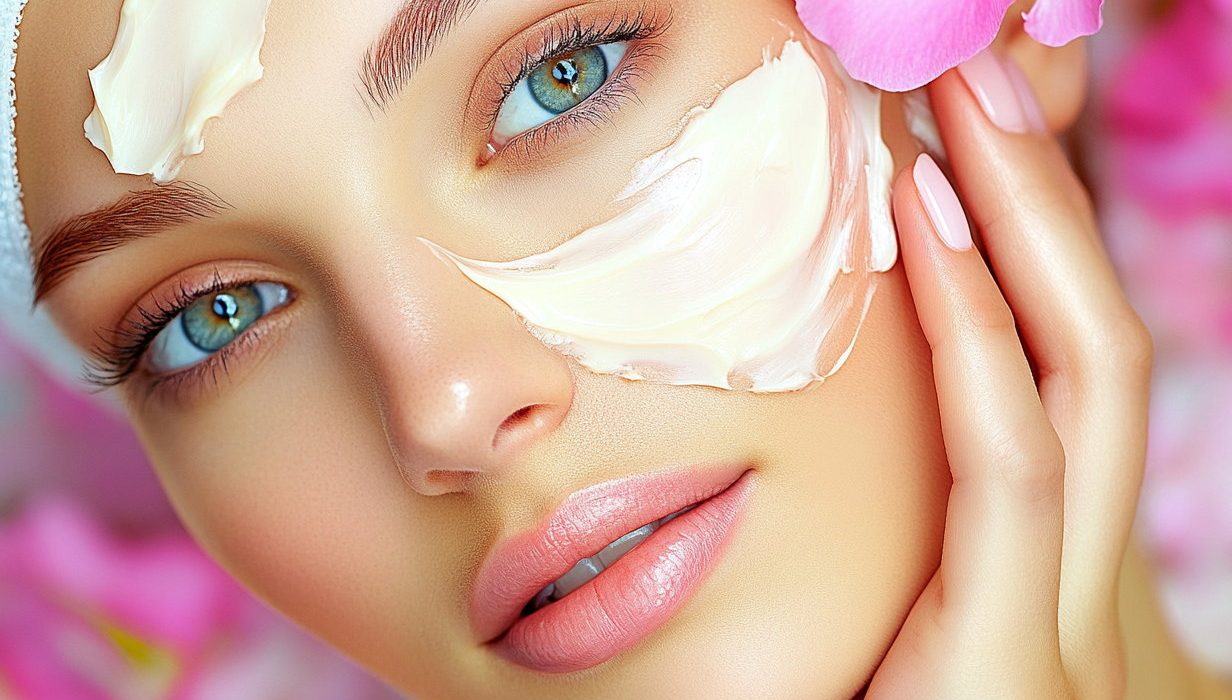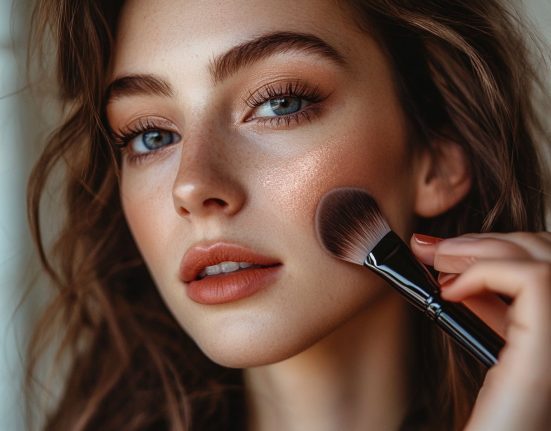Skincare products for glowing skin: Texture plays a huge role in the effectiveness and enjoyment of skincare products. Discover its importance of texture and choose skin care products that work well for your skin type and also enhance your skincare routine.
Have you ever used a product that felt so greasy or sticky that you couldn’t wait to wash it off? Or maybe you tried a cream that was so rich it left your skin feeling suffocated? These experiences can actually impact how well a skincare routine works for you. Studies show that when a product has a pleasing texture, people are more likely to stick with it, applying it regularly and getting the full benefits.
In skincare, texture is closely linked to the formulation and delivery of active ingredients, which are vital for the product’s effectiveness. Creams often have a thicker texture, making them ideal for dry or mature skin because they create a barrier that locks in moisture and allows for prolonged hydration. On the other hand, gels are lighter and water-based, making them more suitable for oily or acne-prone skin as they absorb quickly without clogging pores.
The texture also plays a role in how well the active ingredients, like retinoids, hyaluronic acid, or vitamin C, penetrate the skin.
Products with a texture that matches your skin type can ensure these ingredients reach the appropriate skin layers, says Gaurav Virmani, CEO & Founder, GRASS, a skin care brand. “Texture is important because it provides the intended benefits, such as improving skin elasticity, reducing wrinkles, or brightening the complexion,” he says.
If you have ever felt a heavy cream clogging your oily skin or a light gel leaving your dry skin still thirsty, know that matching the right texture to your skin type is important. Here’s why:
First impression: A pleasing texture can create a positive first impression, making you more likely to use the product regularly. The feel of the product can evoke a sense of satisfaction and ensure that applying it becomes a part of your daily routine.
Absorption: A well-formulated texture ensures that the active ingredients penetrate effectively, maximising their benefits. Whether it’s a gel, cream, or lotion, the right texture can significantly improve a product’s effectiveness.
Skin type: Different skin types require different textures. Oily skin typically benefits from lightweight, non-greasy textures, while dry skin needs richer, more moisturising options. The texture of a product plays a vital role in determining its suitability for your specific skin needs.
Good for senses: Texture also enhances the sensory experience of skincare. The feel of a product, silky, creamy, or smooth, can transform a simple skincare routine into a more enjoyable ritual. This sensory aspect can make using skincare products a more pleasant and consistent habit.
Layering: In multi-step skincare routines, layering products is common. The texture of each product affects how well they work together without causing issues like pilling or discomfort. A compatible texture allows for smooth layering, ensuring that all products in your routine can work effectively.
Long lasting: The after-feel of a product is just as important as the initial application. A comfortable texture that lasts throughout the day helps keep your skin hydrated and free from irritation. This lasting comfort is key to satisfaction with a skincare product.
Pro tip: For oily skin, choose lightweight, non-greasy textures like gels or water-based lotions. For dry skin, opt for richer, more moisturising textures such as creams or balms. Always match the product’s texture to your skin’s needs for better results.








